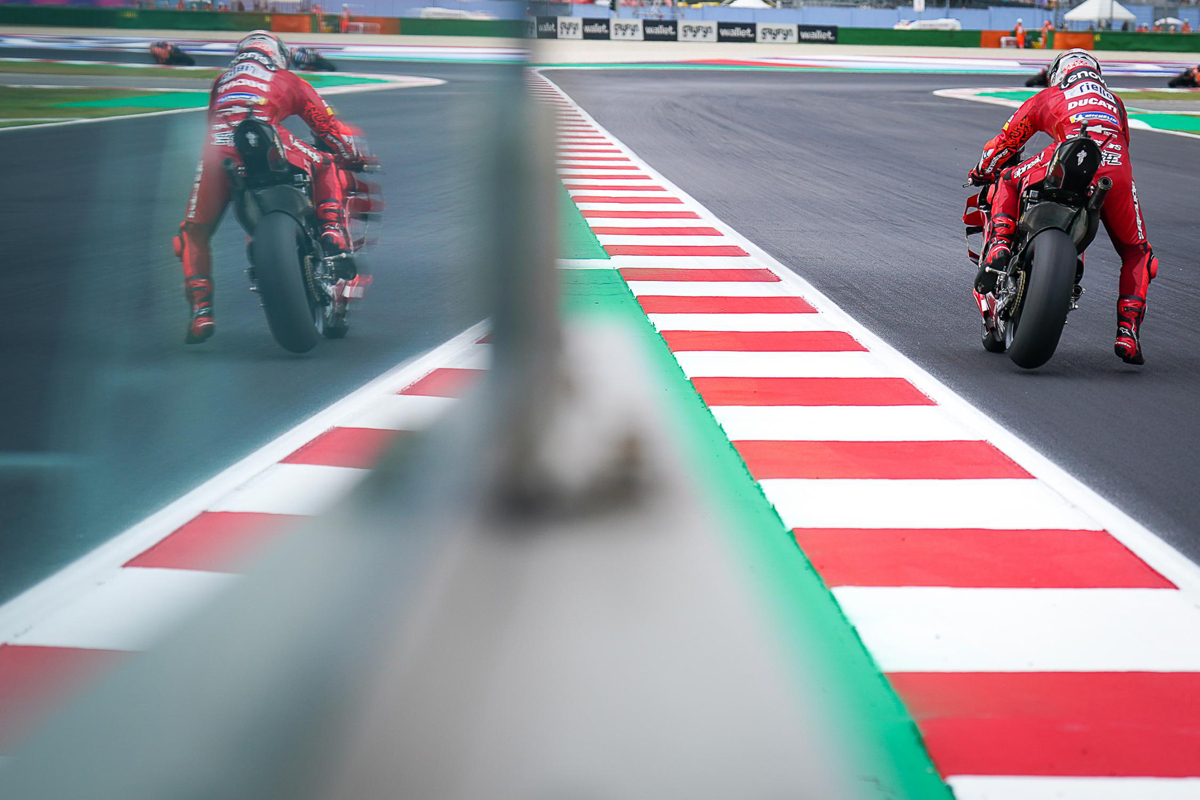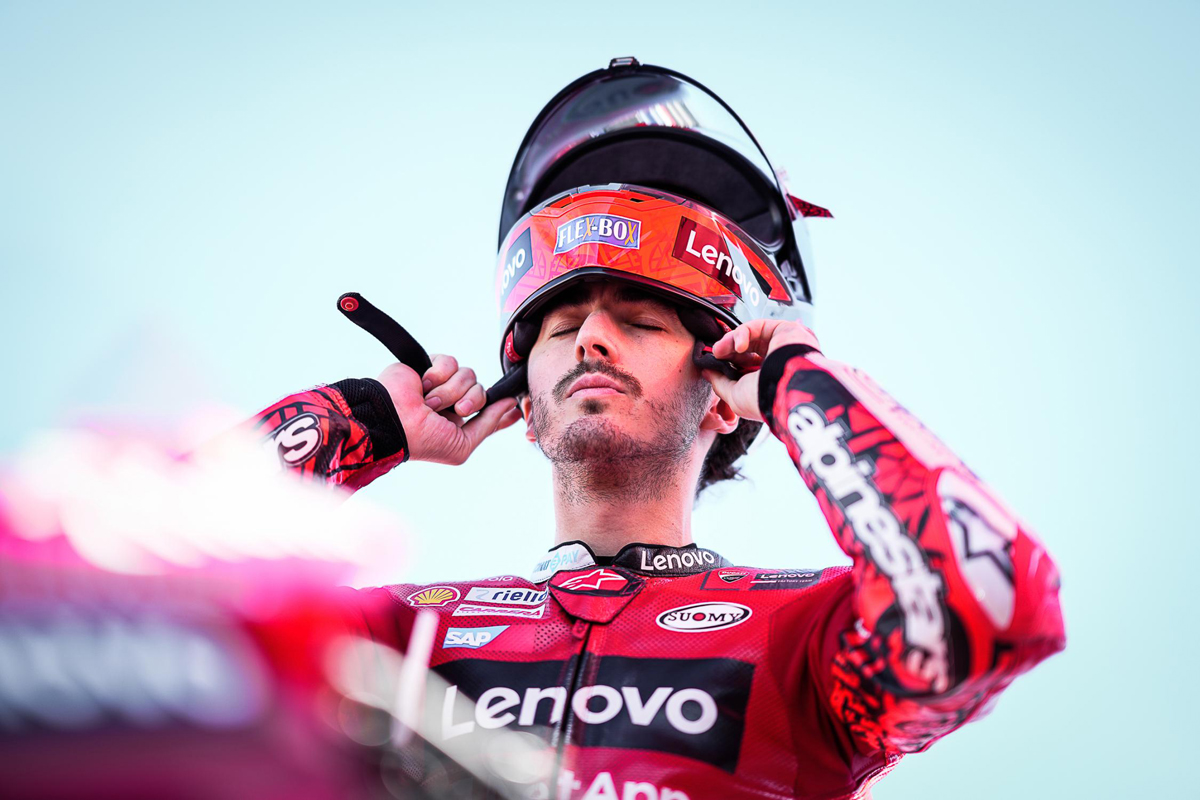
I’m sure there is more than one, but a Facebook group I follow performs a countdown to the new MotoGP racing season every year, using riders’ race numbers to illustrate the countdown. As I write this, I see we are on 60 days to the start of the season, marked by images of Julian Simon and Michael van der Mark, who both run as number 60.
The post New Year off-season is always marked by a distinct lack of news around either MotoGP or World Superbikes and it is interesting to see what the racing websites find to keep their pages full. Sadly most of it is completely banal and you just know that they are really scratching to think of anything to write about. A bit like this particular column, actually…
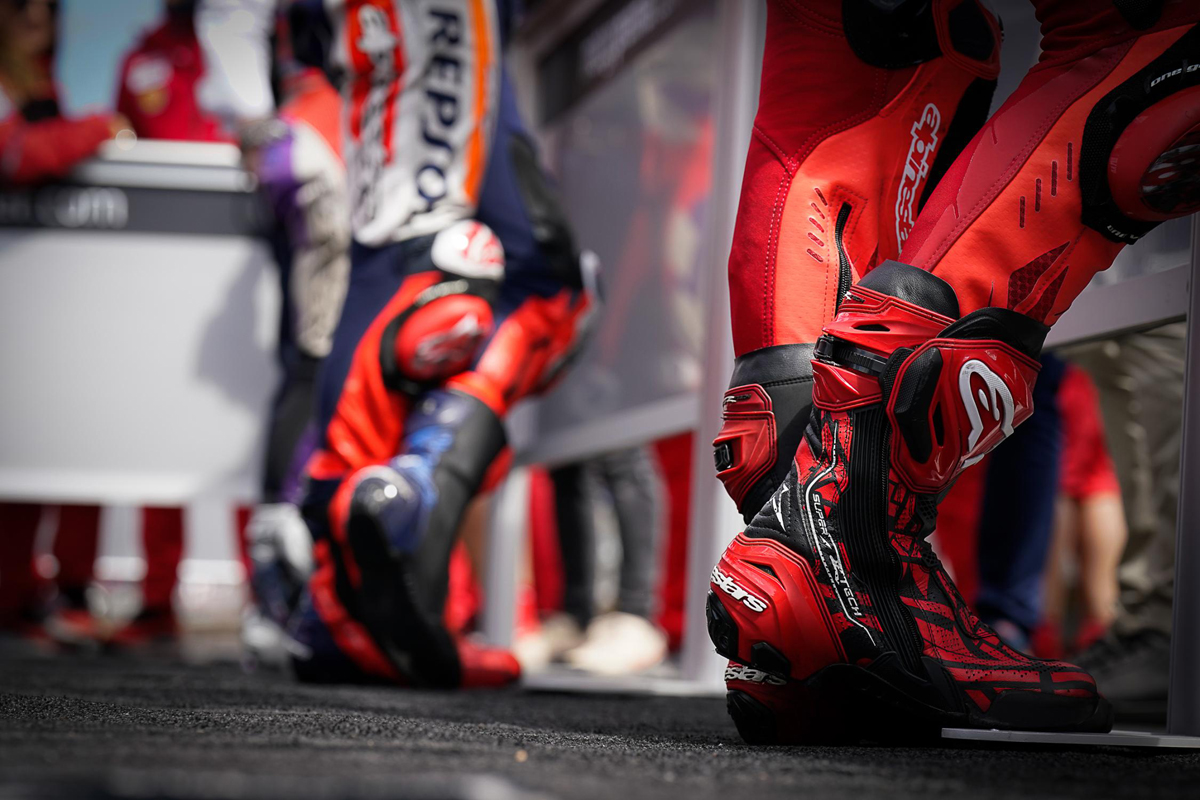
I mean, you know things are slow when the best they can come up with is who will be wearing what helmet in 2023! Yes, I know that for the helmet manufacturers, who are investing an awful lot of money to attract the big hitters in racing to the fold, this is big news but, really, does anyone else actually care? Modern helmets are a nightmare of gaudy designs and you are lucky if you can actually discern the manufacturer’s name. It’s difficult to tell one helmet from another, actually.
Whatever happened to a bit of class and style in helmet design? Simple, classy and instantly recognisable. Why does no one do that any more? Leathers are plastered with sponsor logos, but helmets are generally sparsely populated with sponsor logos so there is a blank canvas to be filled. What do we get instead? Bottom-of-the-design-class graphics that are just hideous. Go back through racing history – on two wheels and four – and it is littered with basic, stylish and, most importantly, memorable helmet designs. Why haven’t the marketers thought of that one?
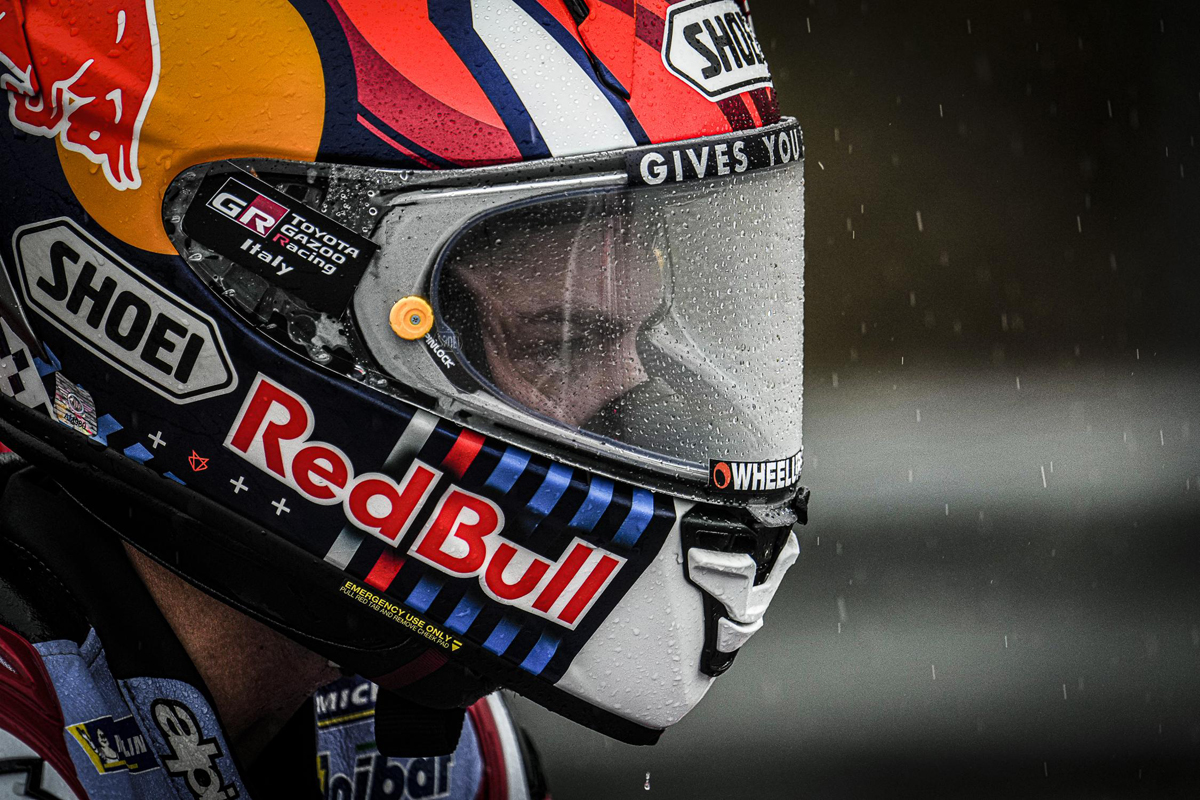
Show me any modern riders’ helmet and, ten times out of ten, I’ll fail to recognise it. Show me Hailwood’s, Bill Ivy’s, Phil Read’s, Jackie Stewart’s, and Senna’s, and I know immediately who you’re talking about. It’s not rocket science. Or maybe it is…
The other ‘big’ story is “will Bagnaia wear the Number 1 plate or his regular race number” (can’t even remember that, actually. Is it age?). This, of course, has given the press huge pleasure as now they can trot out the statistics: who last won the title and took the Number 1 plate and what are the statistics regarding who went on to win the title again wearing it. (In case you don’t know, Casey Stoner was the last rider who chose the Number 1 plate for the 2008 season. He didn’t win the title that season…)
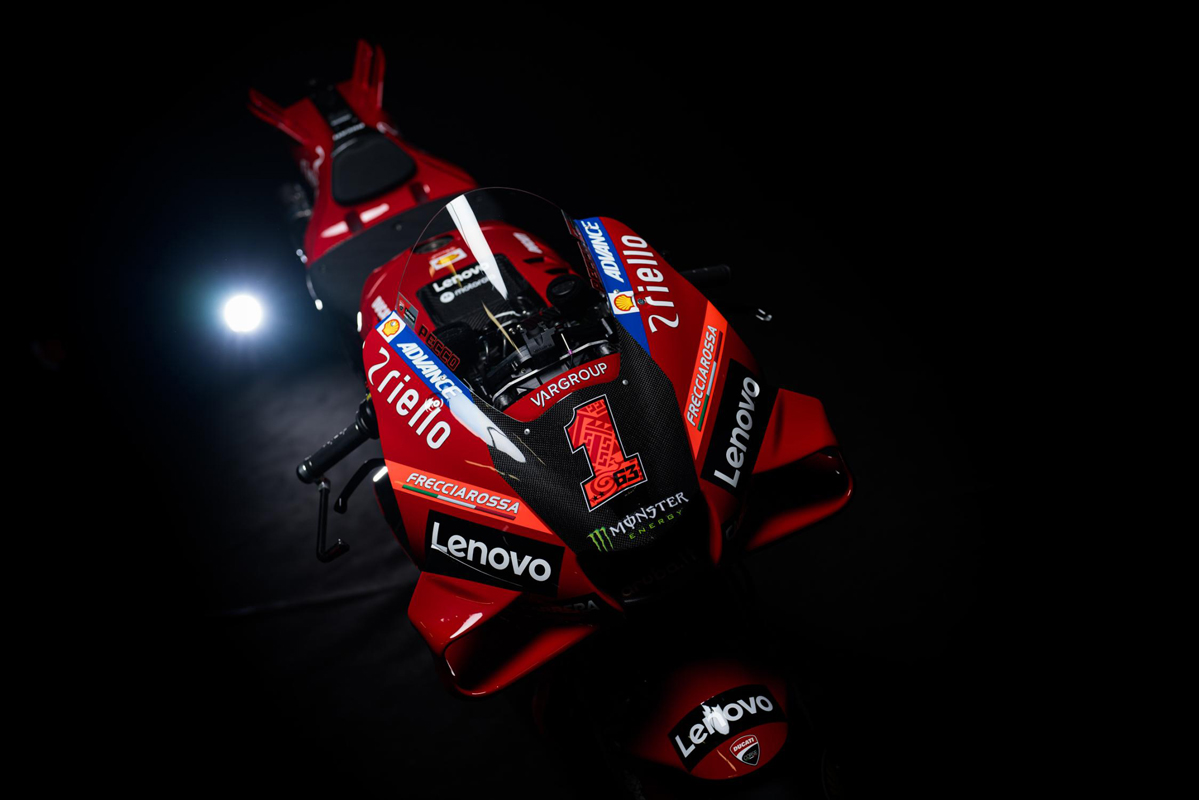
The point of all this preamble is that news is slow at this time of year. Don’t worry: I feel your pain as well. The period between the last race of the season and the first race of the next is like being cast adrift in a small boat, bobbing aimlessly along, with nowhere to go and no idea how you’re going to get through it. It will only be in March that we will finally get a glimpse of land again.
Not all the coverage of the off-season has been trite, however. There is a lot of speculation around the coming season but even that tends to be of the negative type: how slow will Yamaha be? How dire is Honda’s position? Should MotoGP be renamed MotoDucati or MotoV4? You know: really important stuff.
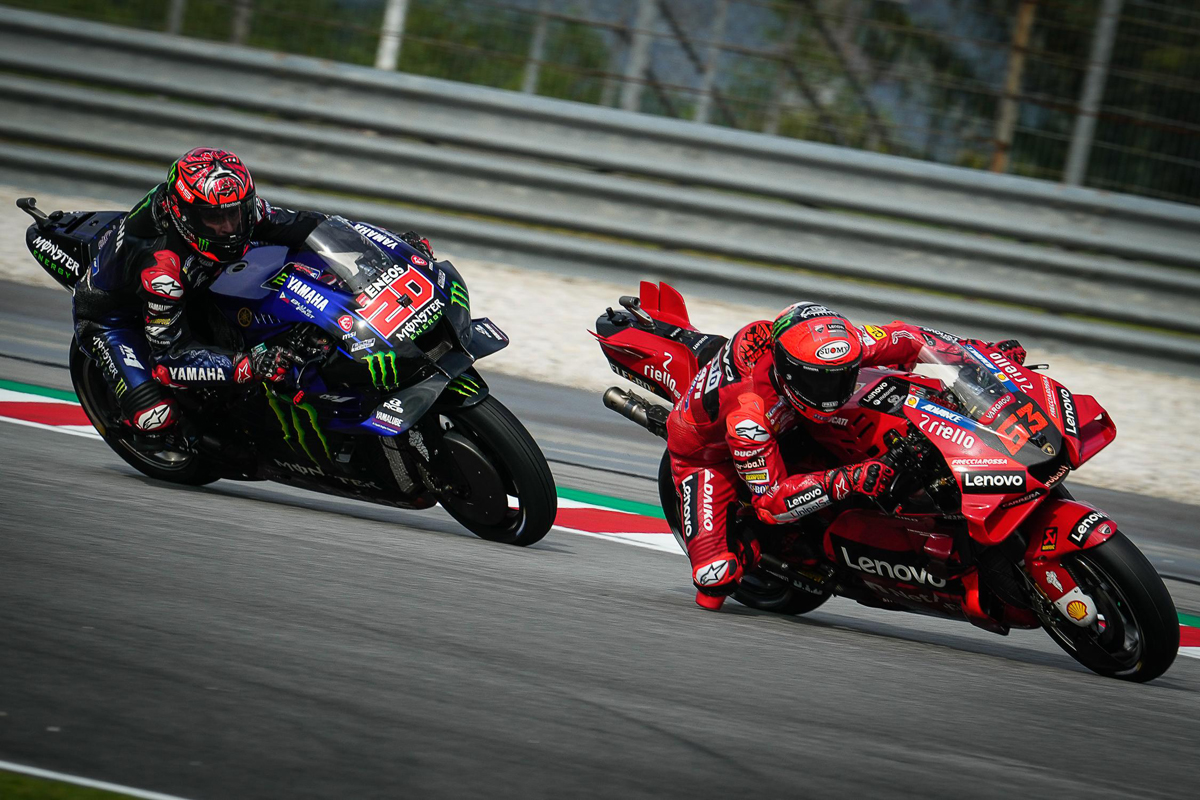
Actually, that last topic is rather relevant. In 2023, there will be merely two bikes with an inline four-cylinder engine and they are, of course, the Yamahas of Quartararo and Morbidelli. How long until they bow to the inevitable and also turn to a V4 configuration? There has been an inline-four on the grid (but not continuously) since 1950 (Gilera) but, if Yamaha’s 2023 version of the M1 isn’t a success then Yamaha will surely give in and build a V4.
But why? What is wrong with an inline-four? Well, nothing actually. If anything an inline four with its long crankshaft creates a more stable motorcycle due to the crank’s rotation but a V4’s shorter and stiffer crankshaft allows more RPM and, therefore, more power. More power equals more speed: more power equals better cornering because the bikes can run more downforce giving better braking, more cornering grip and fewer wheelies on the exit. More power overcomes the drag penalty on the straights from running more downforce.
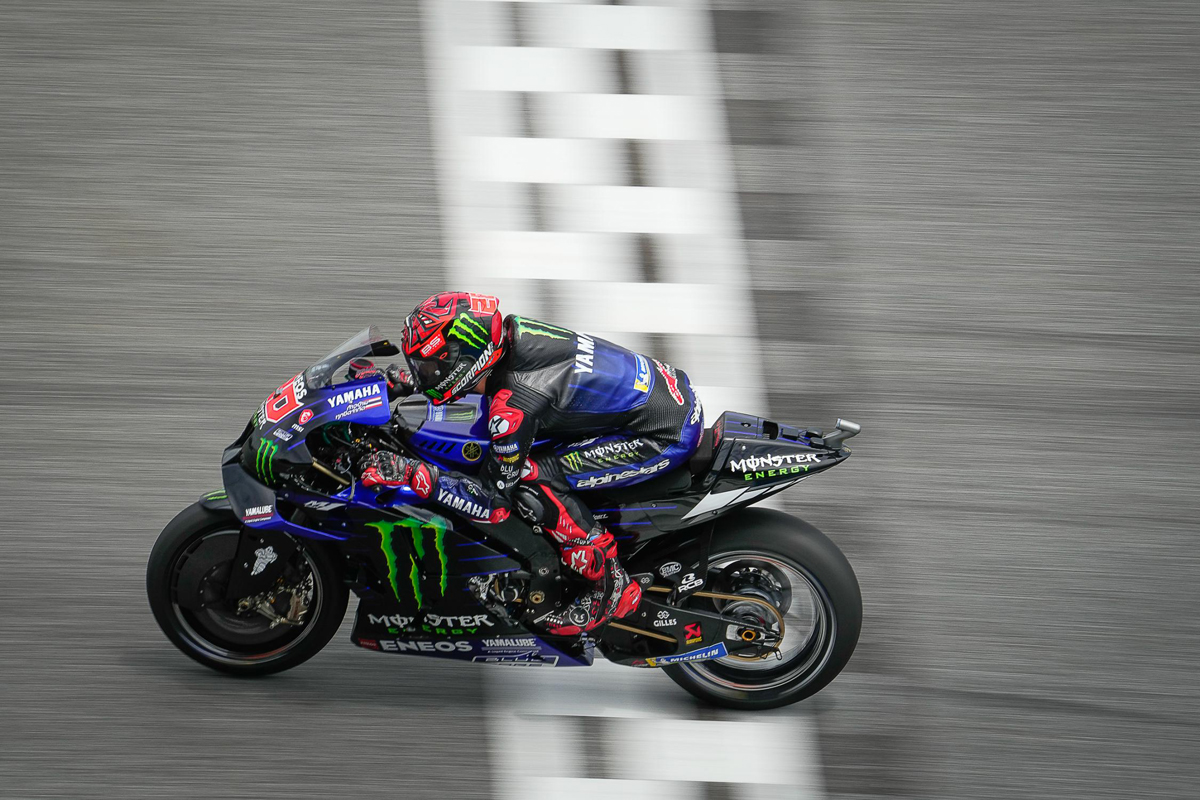
Two Yamahas against 20 Ducatis? It would be a brave person who put money on Quartararo or Morbidelli winning the championship this year. In the same vein, who will be betting on Honda? Without talisman Marquez, HRC has got things terribly wrong since 2020.
2022 might not have been the first time that Honda finished last in the constructors’ world championship – that happened also in 1979, ’80 and ’81 as the company struggled with the oval-pistoned NR500 – but it will still have hurt like hell. The root of Honda’s problem, other than losing Marquez, has been the super grippy Michelin rear slick which has highlighted the imbalance in grip between the front and rear of the bike, which has made it incredibly difficult to find any balance at all.
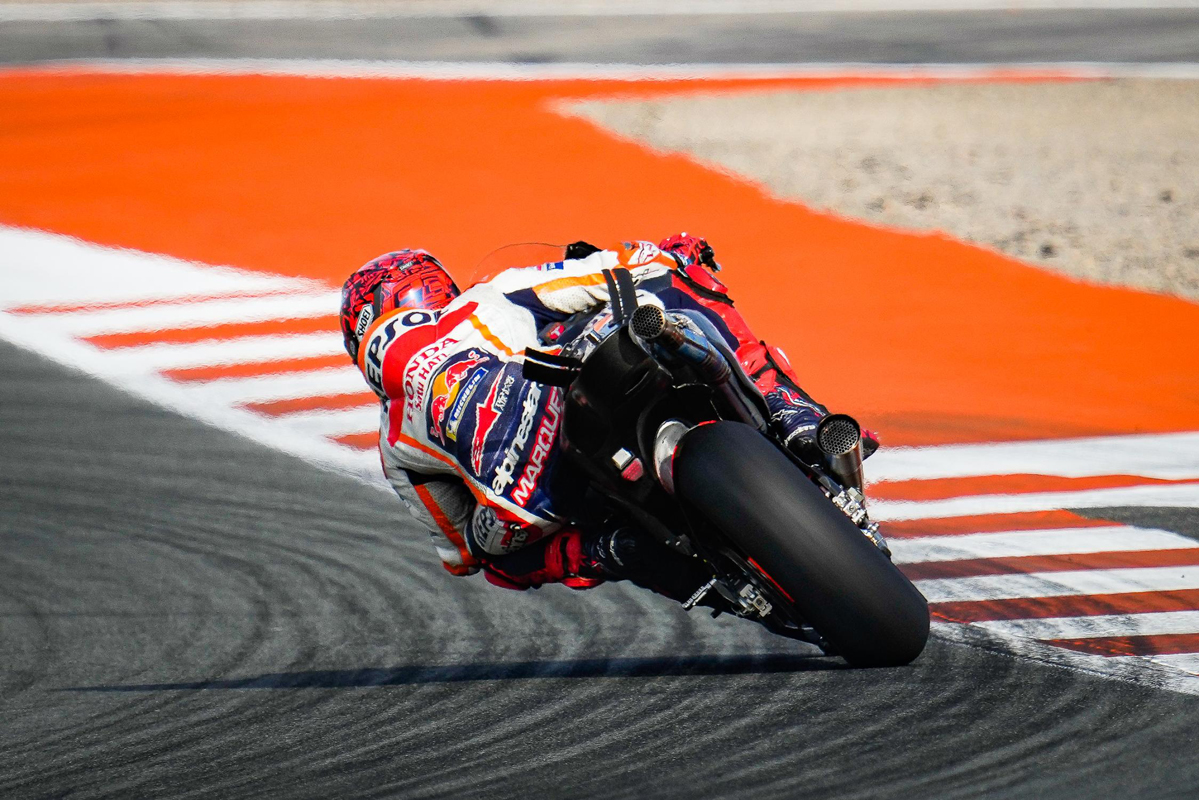
“The bike doesn’t turn, there’s no grip, so no acceleration…” said Marquez. Not the best of situations, for sure. The riders are having to fight the bike every inch of the way to drag the performance out of it so, naturally, mistakes are more frequent and mistakes lead to crashes.
Of course, all this has started rumours that Marquez would be looking at a Ducati ride in the future, in order to continue his winning ways. However, Ducati is saying that that is unlikely, preferring to bring up the younger riders it already has on the books. With Jorge Martin, Marco Bezzecchi and Luca Marini, Ducati has plenty of talent waiting in the wings – very fast talent: they are Ducati’s future, not Marquez. Of course, never say never and all that, but it is unlikely. That means Marquez has to remain fit enough to help develop the next HRC motorcycles and that is being put in jeopardy by the latest HRC bike being so difficult to ride and easier to crash.
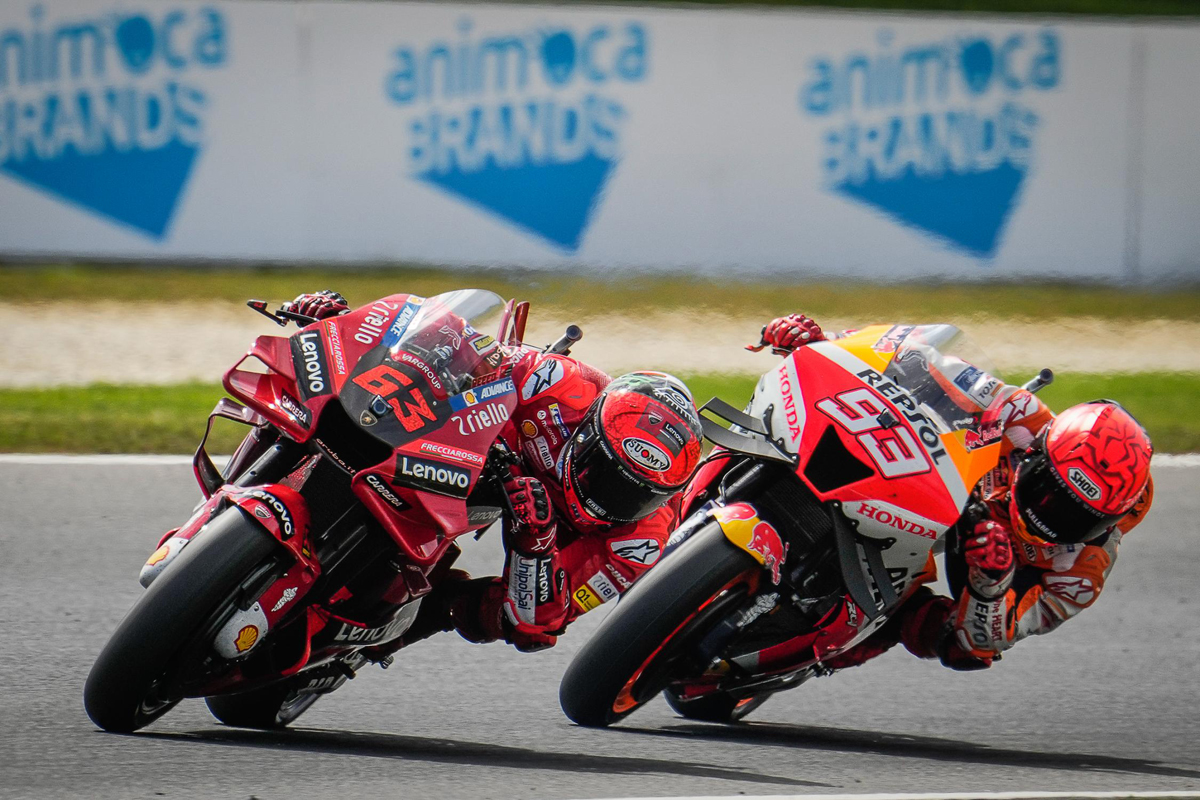
Elsewhere, what do we have to look forward to? Jack Miller on a KTM, alongside Brad Binder: Miguel Oliveira on an Aprilia: Joan Mir on a Honda: Enea Bastianini alongside Bagnaia on the factory Ducati (now, that could produce fireworks: if they take points off each other consistently, expect another rider and team to sneak through and snatch the title away from them). All of those changes will be fascinating to watch.
And then there are the questions: can Aprilia continue its upward trajectory? Will Ducati swallow the championship through the sheer weight of numbers? Will Honda pull it together in time and give Marquez and Mir a bike they can win with? Will the Yamaha remain recalcitrant? Can KTM put together a consistent attack on the title?
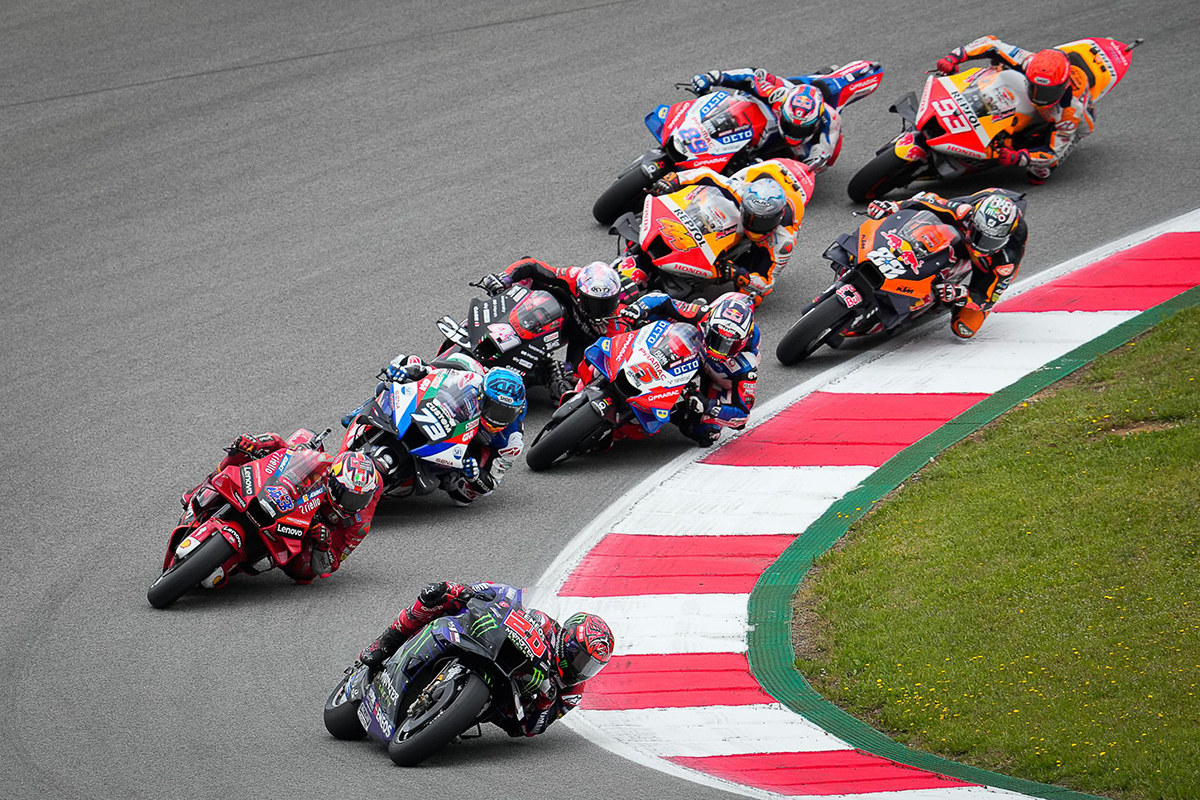
The only thing we have to worry about is the increasing reliance on aerodynamic add-ons. Some riders like them – Cal Crutchlow, in particular, has been vocal about his appreciation of them – but there is no doubt that it is harming close racing and will only get worse.
And then, there are the sprint races on Saturday, replacing FP4. There will be a 30-minute FP3 session, qualifying and a half-distance sprint race, all on the Saturday at every venue. The sprint race will have nothing to do with setting the grid for Sunday, that being set by qualifying. Half points will be awarded for the sprint race.
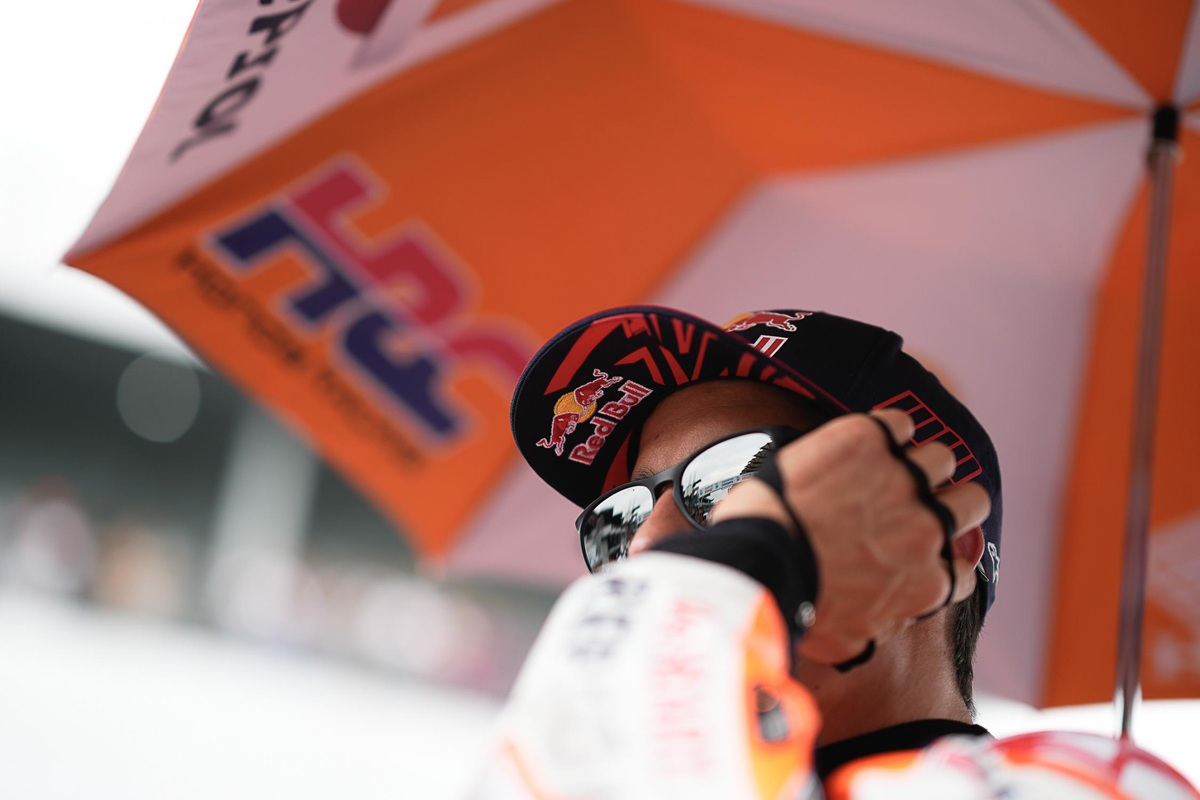
It’s rather difficult to see the point behind the sprint races and even the riders are questioning the wisdom of more track time racing, which obviously increases the chance of a crash and injury, putting the championship in doubt. Dorna is resolute that the Sprint Races will happen, however, so that is that. From a fan point of view, it means more on-track action, which we’ll all love but not if our personal favourite bites the dust and is out for the main race.
So, sixty days to go: a long time but also just around the corner.
